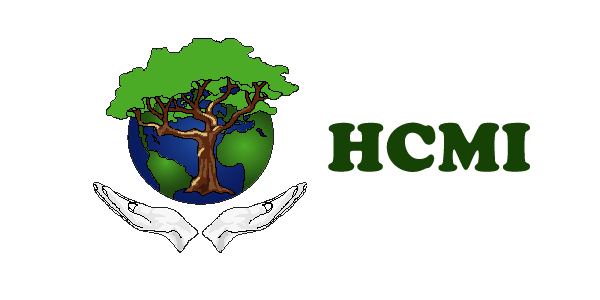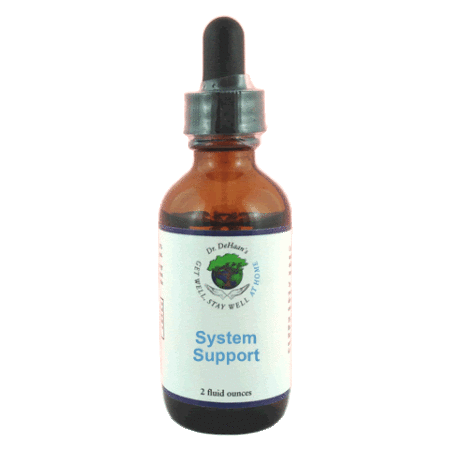Parasympathetic Nerve Support Remedy
 The Parasympathetic system is the branch of the Autonomic Nervous System (ANS) responsible for the body's ability to recuperate and return to a balanced state (homeostasis) after experiencing pain or stress or after it has been altered by the Sympathetic system. While the Sympathetic system is also known as the "fight or flight" response (generally a response to perceived danger), the Parasympathetic is often called "relax and renew". The main nerves of the parasympathetic system are the tenth cranial nerves or the vagus nerves. They originate in the medulla oblongata.
The Parasympathetic system is the branch of the Autonomic Nervous System (ANS) responsible for the body's ability to recuperate and return to a balanced state (homeostasis) after experiencing pain or stress or after it has been altered by the Sympathetic system. While the Sympathetic system is also known as the "fight or flight" response (generally a response to perceived danger), the Parasympathetic is often called "relax and renew". The main nerves of the parasympathetic system are the tenth cranial nerves or the vagus nerves. They originate in the medulla oblongata.
Sympathetic and parasympathetic divisions typically function in opposition to each other. This natural opposition is better understood as complementary in nature rather than antagonistic. For an analogy, one may think of the sympathetic division as the accelerator and the parasympathetic division as the brake.
Sympathetic and parasympathetic divisions typically function in opposition to each other. This natural opposition is better understood as complementary in nature rather than antagonistic. For an analogy, one may think of the sympathetic division as the accelerator and the parasympathetic division as the brake. When active, the Parasympathetic system:
- slows down heart rate
- lowers blood pressure
- increases blood flow to skin and viscera
- constricts the pupils
- activates digestion/peristalisis
- restores energy
Acetylcholine (ACh) is the neurotransmitter at all the pre- and many of the postganglionic neurons of the parasympathetic system. However, some of the postganglionic neurons release nitric oxide (NO) as their neurotransmitter. The vagus nerves also help keep inflammation under control. Inflammation stimulates nearby sensory neurons of the vagus. When these nerve impulses reach the medulla oblongata, they are relayed back along motor fibers to the inflamed area. The acetylcholine from the motor neurons suppresses the release of inflammatory cytokines, e.g., tumor necrosis factor (TNF), from macrophages in the inflamed tissue.
Health Conditions
 Most people, particularly those in the more civilized nations operate at a fast "must do" pace for most of our day. Operating like this so much of the time alerts the Sympathetic nerves to be in "fight of flight" mode. Chinese medicine calls this excessive Yang. Almost every health condition has some relation to excessive Yang, without enough Yin or Parasympathetic response to balance it. Although some belief systems have trouble with this sign, it simply represents an equal balance. Too much of either color is not a balance.
Most people, particularly those in the more civilized nations operate at a fast "must do" pace for most of our day. Operating like this so much of the time alerts the Sympathetic nerves to be in "fight of flight" mode. Chinese medicine calls this excessive Yang. Almost every health condition has some relation to excessive Yang, without enough Yin or Parasympathetic response to balance it. Although some belief systems have trouble with this sign, it simply represents an equal balance. Too much of either color is not a balance.
Suggestions To Strengthen
Although the autonomic nervous system is considered to be involuntary, this is not entirely true. A certain amount of conscious control can be exerted over it which has long been demonstrated by practitioners of Yoga and Zen. During their periods of meditation, these people are clearly able to alter a number of autonomic functions including heart rate and the rate of oxygen consumption. These changes are not simply a reflection of decreased physical activity because they exceed the amount of change occurring during sleep or hypnosis. Take time to play and laugh as hard as you work. Get good rest, enough sleep and consider some form of meditation (yoga, tai chi, chi qong) several times a week that quiets the mind and gets you out of Sympathetic response and back into Parasympathetic "relax and renew".
Complete support remedy for Nerves Parasympathetic and related functions
Complete support remedy for Gallbladder and related functions
Complete support remedy for Brain and related functions
Provides support and healing for conditions of the large intestine

